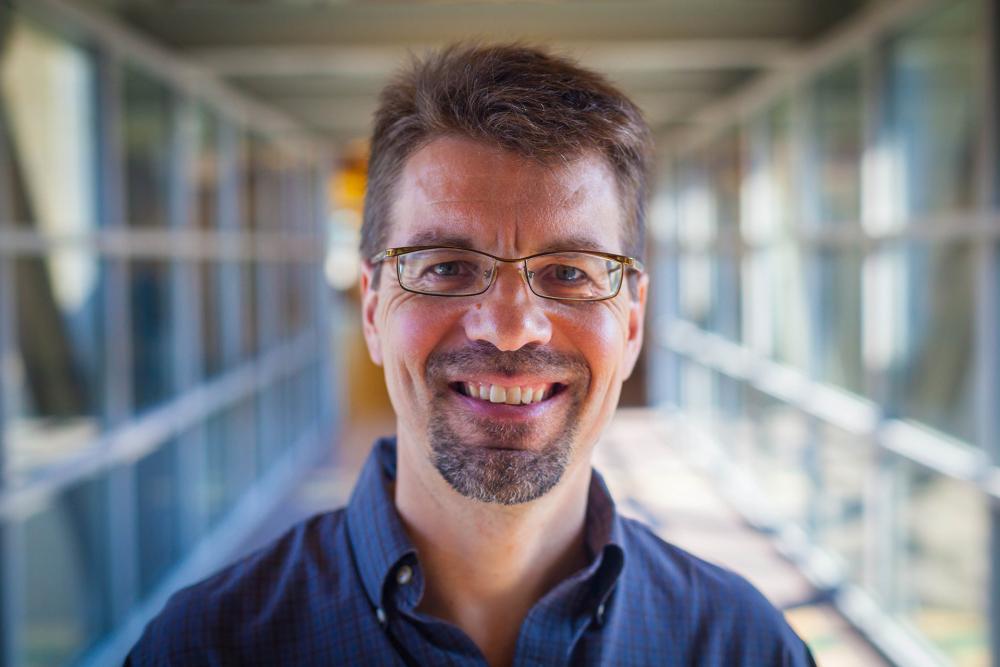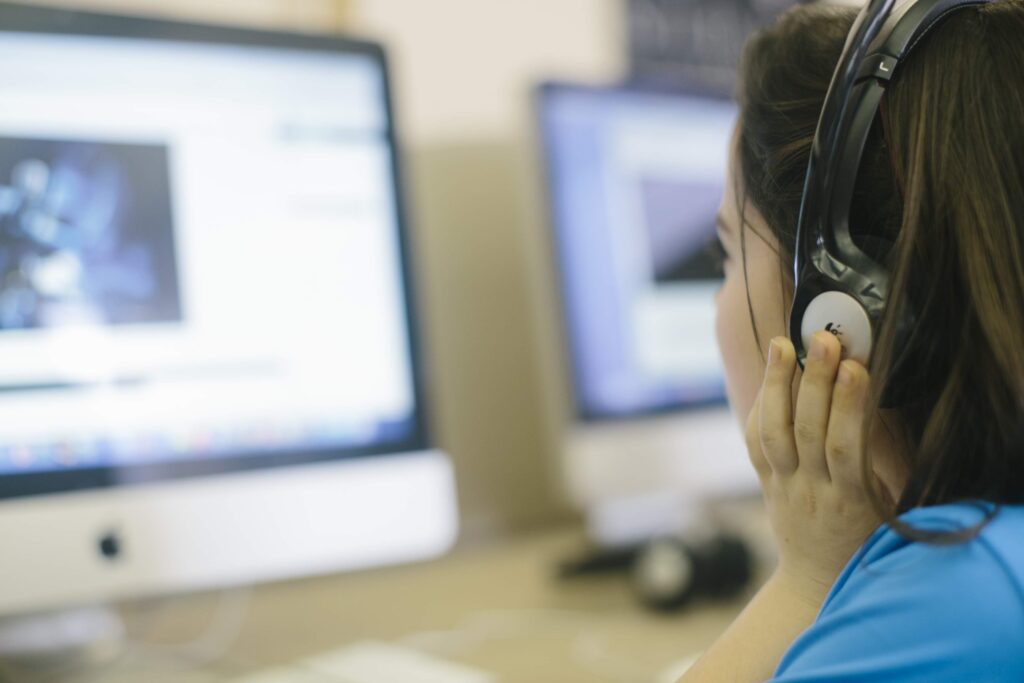
Personalized Learning Squared (PL2) is a collaboration fostered by Remake Learning between Carnegie Mellon University’s (CMU) LearnLab and the University of Pittsburgh’s Center for Urban Education (CUE). By pairing the power of human tutors with artificial intelligence (AI), project leaders hope to target opportunity gaps for students of color and other marginalized groups, piloting innovative approaches to personalized learning. Currently in the pilot phase, PL2 is being implemented and co-designed at four locations across the Pittsburgh region: Pittsburgh Public Schools (PPS), Propel Charter Schools, Shaler Area School District, and Elizabeth Forward School District.
Ken Koedinger is professor of Human Computer Interaction and Psychology at CMU and previously taught geometry at Pittsburgh Public Schools’ Langley K–8. As the director of CMU’s LearnLab, Koedinger is heading the development of the PL2 app.
We spoke with Koedinger about the promise and challenges of PL2 and the research behind it.
What promise do you see in using AI to support learning?
There’s a lot of background work on AI-based tutoring systems that are adaptive and powerful. One of the particularly striking studies was of an algebra cognitive tutor. It was an experiment run in 140 schools where 70 schools were randomly assigned to use the course and 70 did not use it. Students who used the tool learned at essentially twice the rate of those who didn’t.
But within those results there was an observation that not all students got the full benefit, and that the most visible factor was that a lot of students didn’t use the software all that much during the school year, and their progress in terms of mastery and results on state tests were lower.
So the problem was student motivation?
Right. And there’s been relevant work done to address that motivation challenge. One study looked at bringing low-cost human tutors into the classroom. This was done in the Chicago public schools and they showed a reduction of the racial achievement gap by one third.
One way we framed this project was by asking whether we can bring these two things together, low-cost human tutoring and AI, to bring the costs down and maybe have those human tutors focus on the 20 to 25 percent of students who need it most.
How else will the app help human mentors in their work?
There’s research from social psychology showing a really interesting variety of interventions that address different motivational challenges that students face, and that are reasonably low cost to implement. These include things like the growth mindset—instead of thinking, ‘I’m not good at math,’ you realize anybody can learn math (which by the way is exactly what we see in our data; learning-by-doing works for everybody). Another one is utility value: they don’t see the value in this material, and don’t care to work toward building these skills.
So you put all these things together and the PL2 app is trying to say, ‘Can we help these human tutors do their job better? Can we help them figure out which students need what kinds of help?’ And the data feedback from the ed tech can now tell them on a weekly basis, kind of like a Fitbit for learning, what is going on with this particular student. ‘Did they meet their 10,000 step analogue? If not, here are a set of resources that we’re building to try to get these low-cost supports on the motivation side.’
What challenges have you faced in developing the PL2 app?
One challenge is that there’s no simple answer to this question of what’s the root cause of opportunity gaps. There is a cascading set of enabling conditions for a student to succeed in math and there are failure points all along the way.
Another one that came up was what we labeled ‘implementation fatigue’: these districts are constantly getting advice about ways they can do things better and suggestions for new interventions come all the time. What we heard from interviewees was they often feel they’re finally getting going on ‘the Great Idea’ from last year and now ‘Great Idea #2’ comes in.
So what we wanted to commit to doing was finding ways we could leverage and build off existing district efforts. So with PPS and CUE, they already had Ready to Learn so we built off that.
So it’s about working with what districts are already doing rather than reinventing the wheel?
We’re trying to take some ideas that have real promise from prior research and put them together in an app that is not only useful but usable and gets used. And all three of those problems are challenging.
PL² and Remake Learning’s coverage of the project are supported by a grant from the Chan Zuckerberg Initiative.
